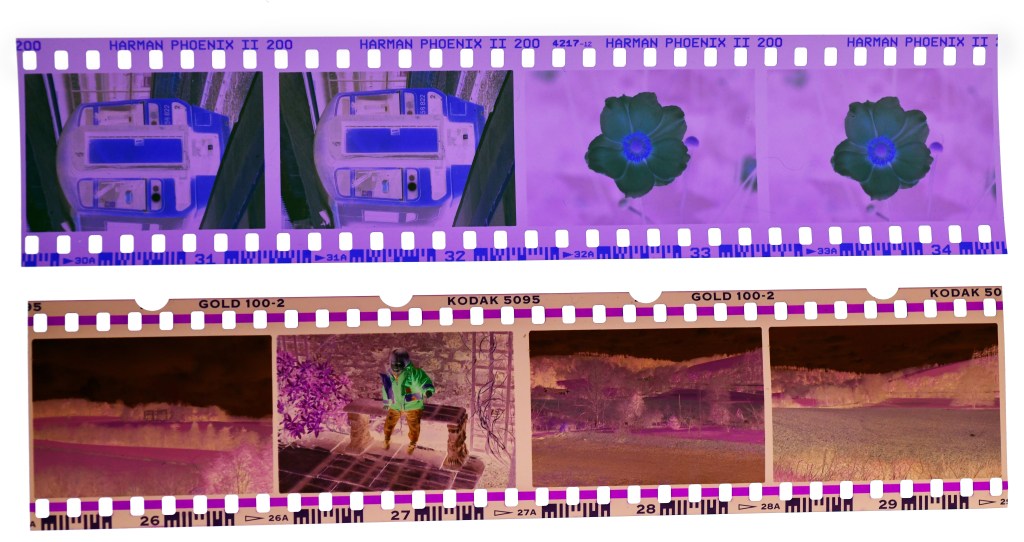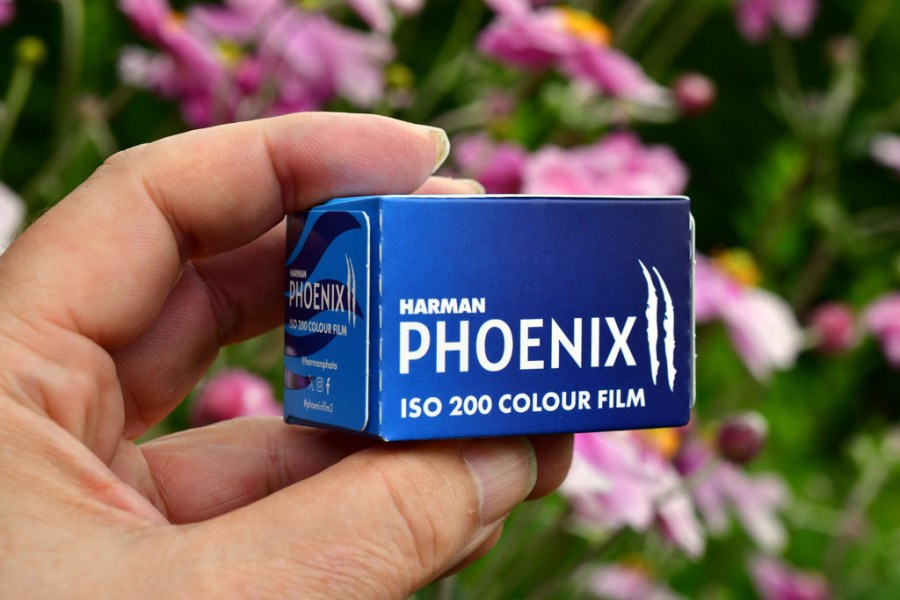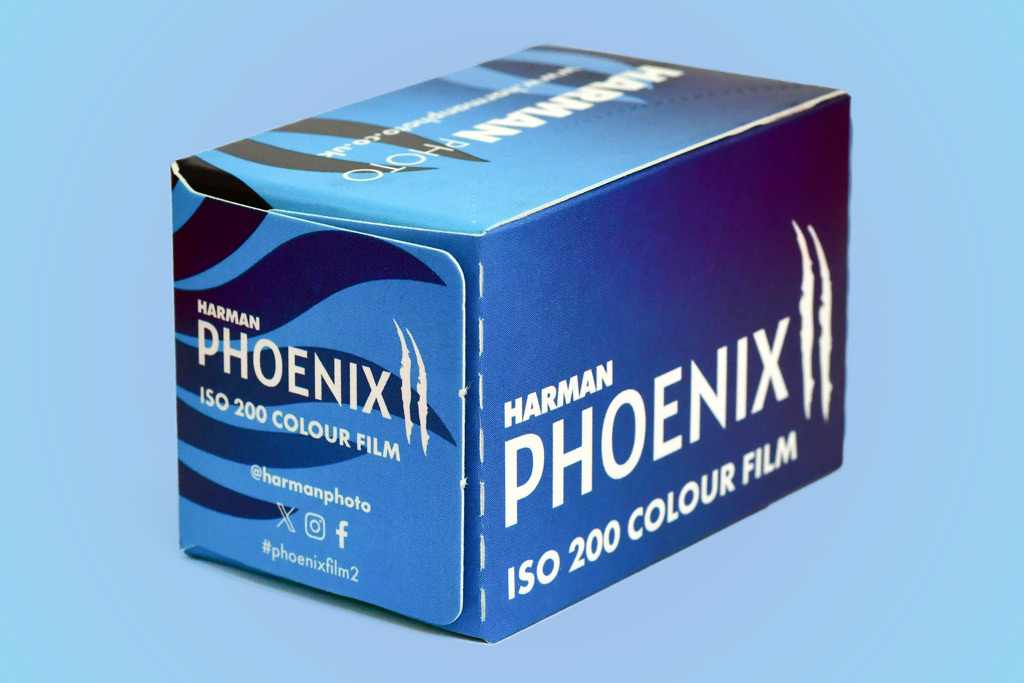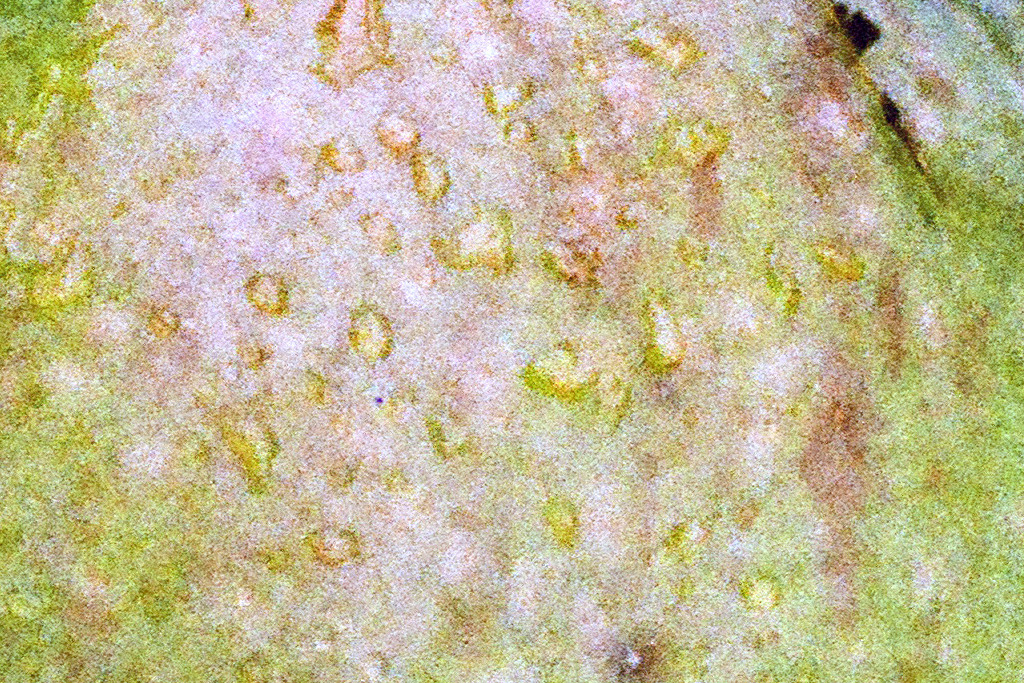Amateur Photographer verdict
Harman Phoenix II is a fun, creative film that gives an unusual colour rendition with a distinctly retro vibe. It’s not for those who want accurate colour, though, and it may confuse some scanners.- Reasonably priced
- Interesting colour rendition
- Encourages creative photography
- Not the easiest to scan
- Won’t suit those looking for accurate colours
Harman Phoenix II is an ‘experimental’ colour negative film from the same company as makes Ilford black & white films. It follows on from the original Phoenix film, and is available in both 35mm and 120 roll-film formats. It delivers images with quirky colour rendition and a retro feel, but is it worth putting a roll through your camera?
Harman Phoenix II at a glance:
- ‘Experimental’ colour print film
- Available in 35mm or 120 format
- $13.99 / £12.99 35mm 36-exposure film
- $11.99 / £10.99 120 (medium-format) film
- Standard C41 processing
- ISO 200, DX coded
- harmanphoto.co.uk
Colour negative film once formed the core of the amateur photography marketplace. From around the 1960s until the early 2000s, no family event or holiday was complete without someone toting a 35mm or 126 format film camera loaded with colour print film to record the occasion.
The arrival of digital compacts, and subsequently the ubiquitous presence of high-quality mobile phone cameras, removed the mass market appeal of the product, and the High Street infrastructure of One Hour labs and chemist shop photo-finishers all but disappeared. This left just a relatively few keen stalwarts using colour negative film, mostly for certain specific tasks such as portraiture and landscape.
In the last few years, however, colour negative film has had something of a resurgence, with a raft of mostly repurposed or rebadged types of film stock being made available under imaginative and colourful branding – designed to be attractive to those seeking a retro, analogue colour film experience.
Harman’s Phoenix II seems to buck this trend, offering a wholly new emulsion which has been built from the ground up. I decided to take a look at what it offers.
Harman Phoenix II – Background
The folk at Harman Photo kindly sent me a couple of rolls of Phoenix II to try out. As you would expect from a major supplier – Harman also produces the Ilford-branded monochrome films and other products – the product as delivered held few surprises. A blue-themed cardboard carton holds a traditional black plastic tub to protect the film cassette, complete with a soft “pop” and subtle waft of chemistry when you open the tub.
It was when I took a look at Harman’s technical information document that things started to get interesting. Phoenix II is described as a second-generation colour film, with the original Phoenix film having gone on sale in December 2023. This represents a fairly rapid development cycle, with both versions of the Phoenix film being labelled as “limited edition” and “experimental”, suggesting that Harman are really serious about bringing innovative new film emulsions to market.
Compared to the original Phoenix film, Harman cites improvements to contrast, colour balance and a finer grain. Described as less “radical” than the first incarnation, Phoenix II is positioned to be a more mainstream offering, while retaining the experimental and creative feel of the product.
One interesting aspect is that Phoenix II film lacks the orange mask normally associated with colour negative film. This immediately made me wonder how a standard minilab setup or film scanner would deal with this issue – especially in terms of colour balance – but more on this later.
Harman Phoenix II – Field test
I used my Nikon F100 film SLR and a variety of Nikkor lenses for the Phoenix II test, on the basis that I know it well and trust its reliability as regards film transport and exposure, and understand how the Nikkors render colour under different conditions.
The Phoenix II film cassette includes the contact patches for DX coding, which allows the camera to automatically set the recommended ISO speed for the film. The Nikon F100 had no trouble reading the DX code at ISO 200. With most film cameras, you can also set the ISO manually, or apply exposure compensation, if you’d like to tweak this value.
I shot my first roll of Phoenix II over a couple of days, to allow for a variety of lighting conditions and subject matter. This involved wandering around the seaside town of Aberystwyth for a number of hours, looking for interesting aspects that might play well with an experimental, creative film.
Harman Phoenix II uses a standard C41 process for development, but as I wanted to ensure the best match between the film and the processing, I bought a development/printing/scanning package from Harman’s own laboratory, and sent the film off to HarmanLab in Cheshire. I was especially keen to see how the negatives would appear when scanned and inverted, and to what extent the scans would match the lab supplied prints.
Processing was prompt, and I received an email link to the scanned images a few days later, with the 36 exposures checking in at just over a gigabyte of data. My prints and negatives arrived by post after another couple of days. The high-resolution images were easily downloaded via a Harman branded portal of the popular WeTransfer service and I eagerly inspected the results.
Harman Phoenix II – Analysis
My first reaction was that Harman Phoenix II is not like other films – and in a good way. The retro feel to the structure of the grain and the way colours are rendered are very different to the current mainstream colour negative products I am more used to.
Yellows and greens are handled well, as are pinks, and there is good shadow detail. This combination works well for plant photography in many cases, and the visible – but not overbearing – grain structure enhances areas that are on the edge of focus. Blues and greys work well together too, and give some interesting options for a slightly gritty industrial look.
The most unusual aspect is the way Phoenix II handles red subjects, and in the test film, deep reds were rendered as a dark orange. This is fine once you know to expect it and work around it, but the first impression is a bit of a shock – especially to someone like me who grew up embracing the intense reds of Kodachrome 25 transparency film.
To test that this was a real effect, rather than an artifact introduced by a specific scanner, I copied some Phoenix II negatives using a Nikon D850 and converted them to positives using the Photoshop “Invert” filter. This gave a very similar colour palette to the HarmanLab scans.
Dedicated film scanners which expect the orange mask to be present may be misled by its absence, and Harman give detailed scanning instructions and suggested profiles for several mainstream systems. If you are having your Phoenix II images scanned by a lab it is well worth mentioning to them the need for a dedicated scanning profile.

In terms of processing, the HarmanLab prints matched the colour rendering of the scans well, so their process control and quality workflow is clearly good. The negatives themselves look very different to standard colour negatives, lacking as the they do the traditional orange mask. They have a slightly purple base tone, not unlike Ilford’s XP2 Super C41 monochrome film.
So when and where would I use Phoenix II? If I was doing a fashion shoot themed around soft, pastel colours and period outfits, it would certainly be a contender – as the overall effect recalls the “soft tobacco” shading and slightly reticulated look of certain 1980s magazine imagery. Similarly, if I was covering a wedding where the couple wanted a different, retro and deeply analogue outcome I would definitely employ the film, but perhaps in the second camera until I have looked further into how skin tones are rendered under different lighting.
In future, I think I’ll probably avoid using Phoenix II in bright summer sunlight, unless going for a 1960s holiday picture feel, as the highlights need careful handling and contrast is occasionally wayward. But under light cloud, for vegetation, landscapes and moody macro detail images it shows a lot of promise. I’m looking forward to using my second roll of Phoenix II for some soft autumn landscapes, which I think it will handle especially well, and I will try out the 120 format version as part of the same project.
Harman Phoenix II – Verdict
Harman Phoenix II is an interesting development which brings a new and innovative thread to colour photography. The performance of the film encourages the photographer to experiment in ways that a more mainstream film might not, and there is considerable scope available for some very creative uses. This film is a lot of fun, and the research investment by Harman deserves to be rewarded with good sales. It will be interesting to see what they come up with next.

Want to ease into shooting film gradually? You could snap up one of the best disposable film cameras to get started, or for a proper analogue experience, browse the best 35mm film cameras, and the best half-frame film cameras.
Or if you feel ready to dive in, check out this helpful beginner’s guide on how to get started in film photography, and as shooting film can be quite a costly endeavour, we also put together a guide on how to do film photography on a budget.
Related reading:















